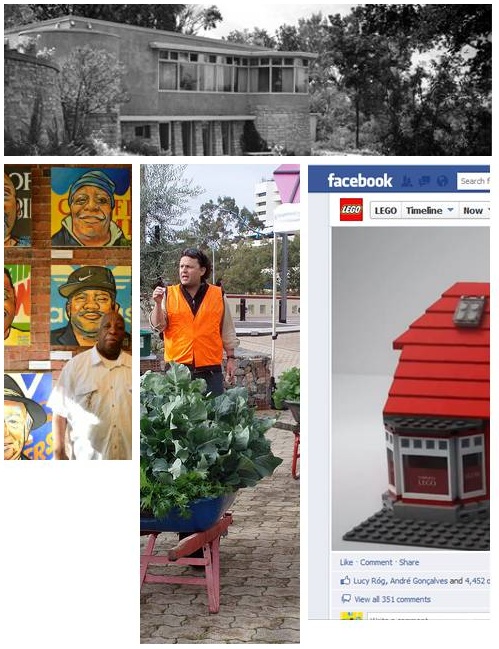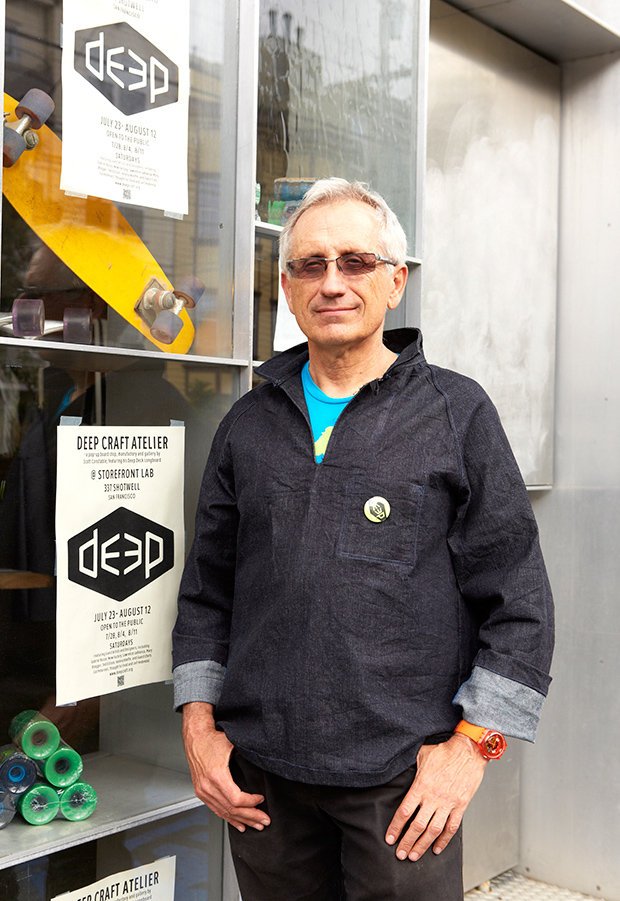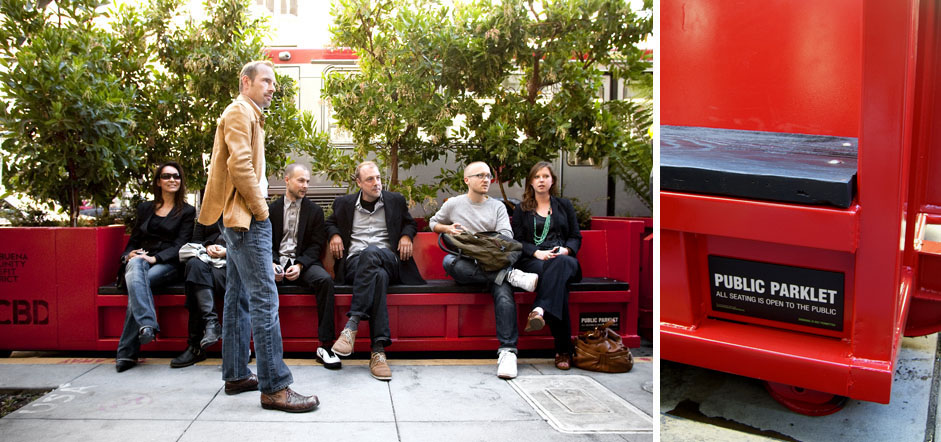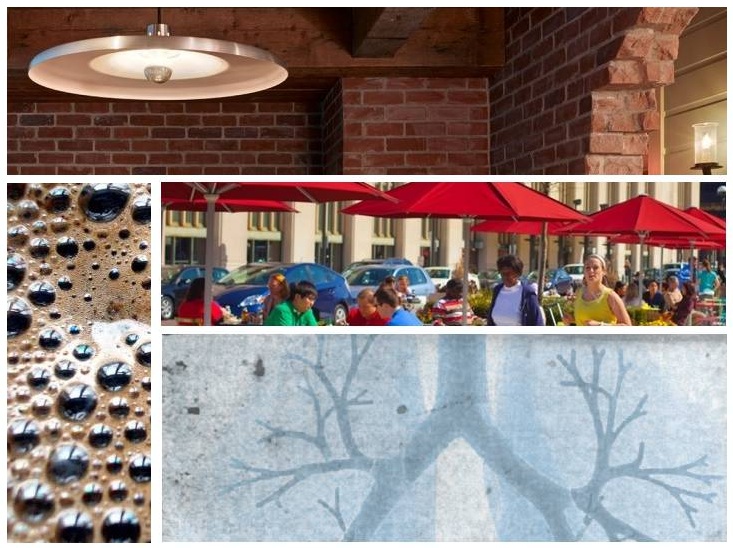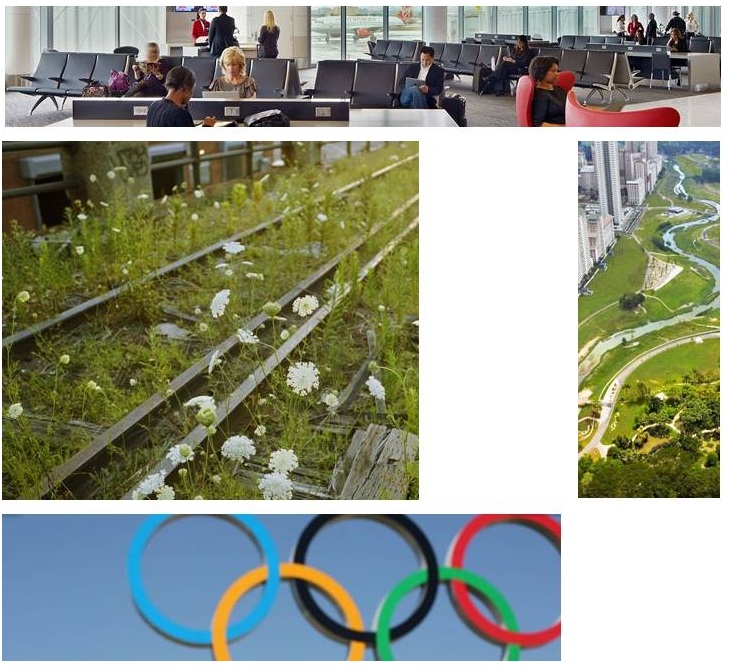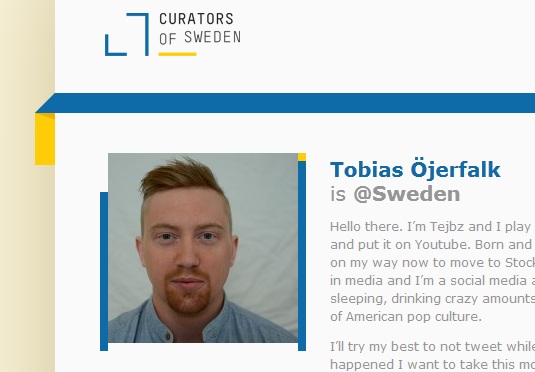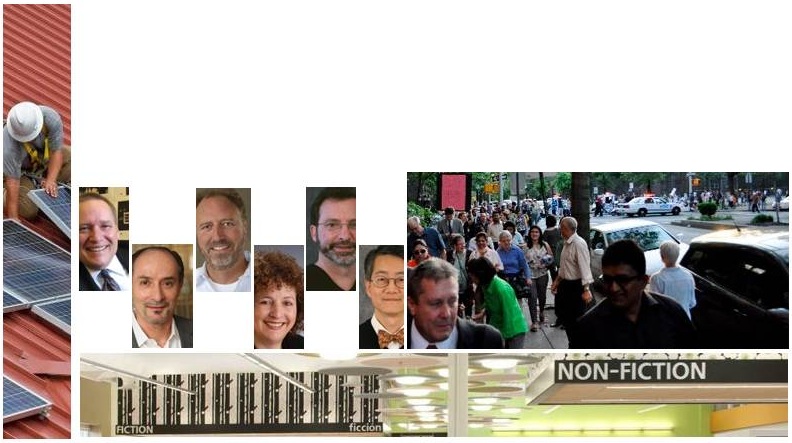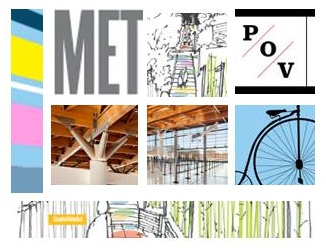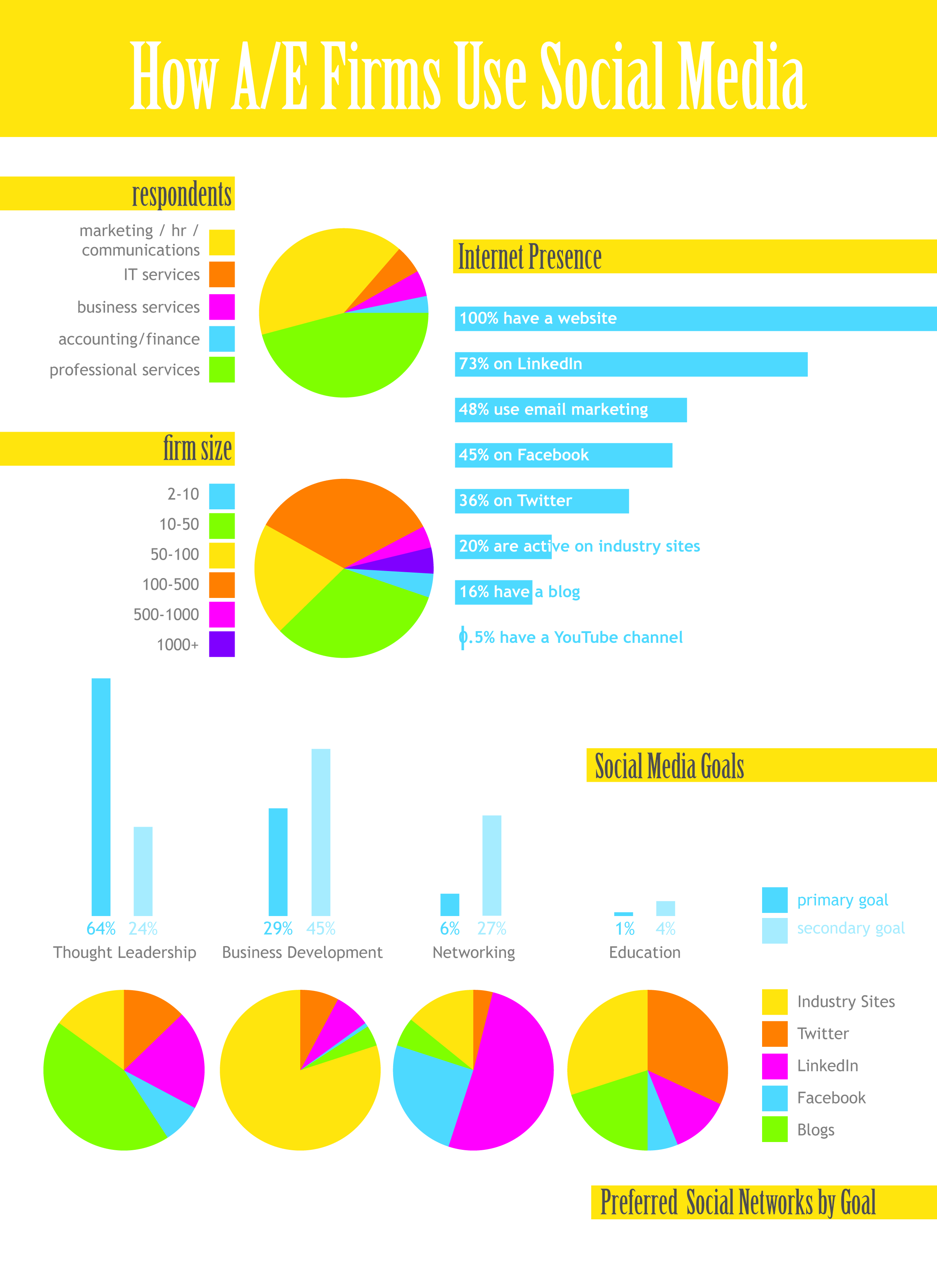 Is working from home effective? | Architecture is woven, not built | London Olympics landscape | Spreading Cokes – and Happiness – Via Mobile.
Is working from home effective? | Architecture is woven, not built | London Olympics landscape | Spreading Cokes – and Happiness – Via Mobile.
Is working from home effective? HOK’s Leigh Stringer blogs about the benefits and drawbacks of working from home.
With more and more people working outside the office, large portions of office buildings can sit empty for long periods and there can be less of a reason to be there. Stringer talks to two HOK workplace experts who work at home full-time and two employees who work in the office.
Via Life at HOK Blog
Architecture is woven, not built. Robert Goodwin of Perkins + Will blogs on how his first-year architecture professor presented him with a powerful sense of what architecture was all about.
“He had what many architects lack today: heart. While he fully understood the intellectual premises behind the great movements we students revered, he had a way of also making us understand the human impact of architecture: how people use space; how they would feel in it; how the light might come in to a place where children could play.” –Robert Goodwin
London Olympics landscape. While the architecture of the London Olympic games won the U.K. a lot of press, the coverage on the Games’ highly successful landscape architecture was also in the spotlight as nearly 250 acres were turned into a spectacular setting.
According to John King, architecture critic for The San Francisco Chronicle, that success was due to a team of landscape architecture firms , including U.K.-based LDA Design and U.S.-based landscape architecture firm, Hargreaves Associates, who came in at the proverbial last minute to update the master plan in key spots.
Via The Dirt
Innovative Social Media Campaign [youtube http://www.youtube.com/watch?v=k8PEZz-IOtI?rel=0&w=560&h=315]
Spreading Cokes – and Happiness – Via Mobile. Coca-Cola and Google joined forces in Coca-Cola’s mobile ad campaign that used a digital interpretation of the classic 1971 “Hilltop” ad with today’s technology. The ad says consumers will be able to buy the world a Coke, and using the mobile app, a consumer in New York could buy a Coke for a stranger in Buenos Aires. That consumer could watch a video using Google Maps and Street View to see the Coke can traveling across the globe. After the recipient gets the Coke from one of the custom vending machines, the sender can watch a video of the person’s surprised reaction and perhaps get a thank-you note, if the recipient chooses to do so. Later, the sender can pass on the video to friends on Facebook, Twitter or Google+. The goal: Prompt real-life moments that underpin Coke’s current “Open Happiness” positioning.

